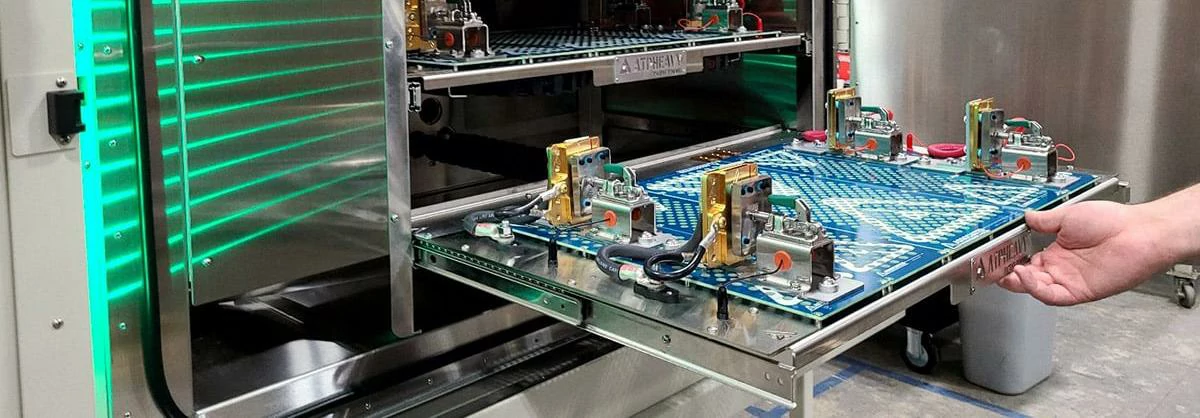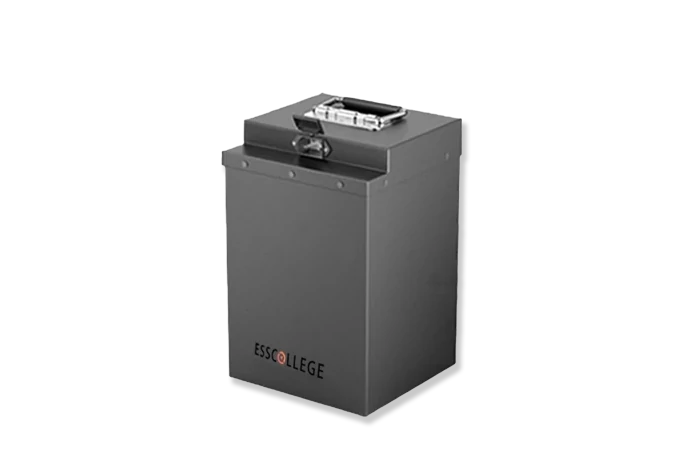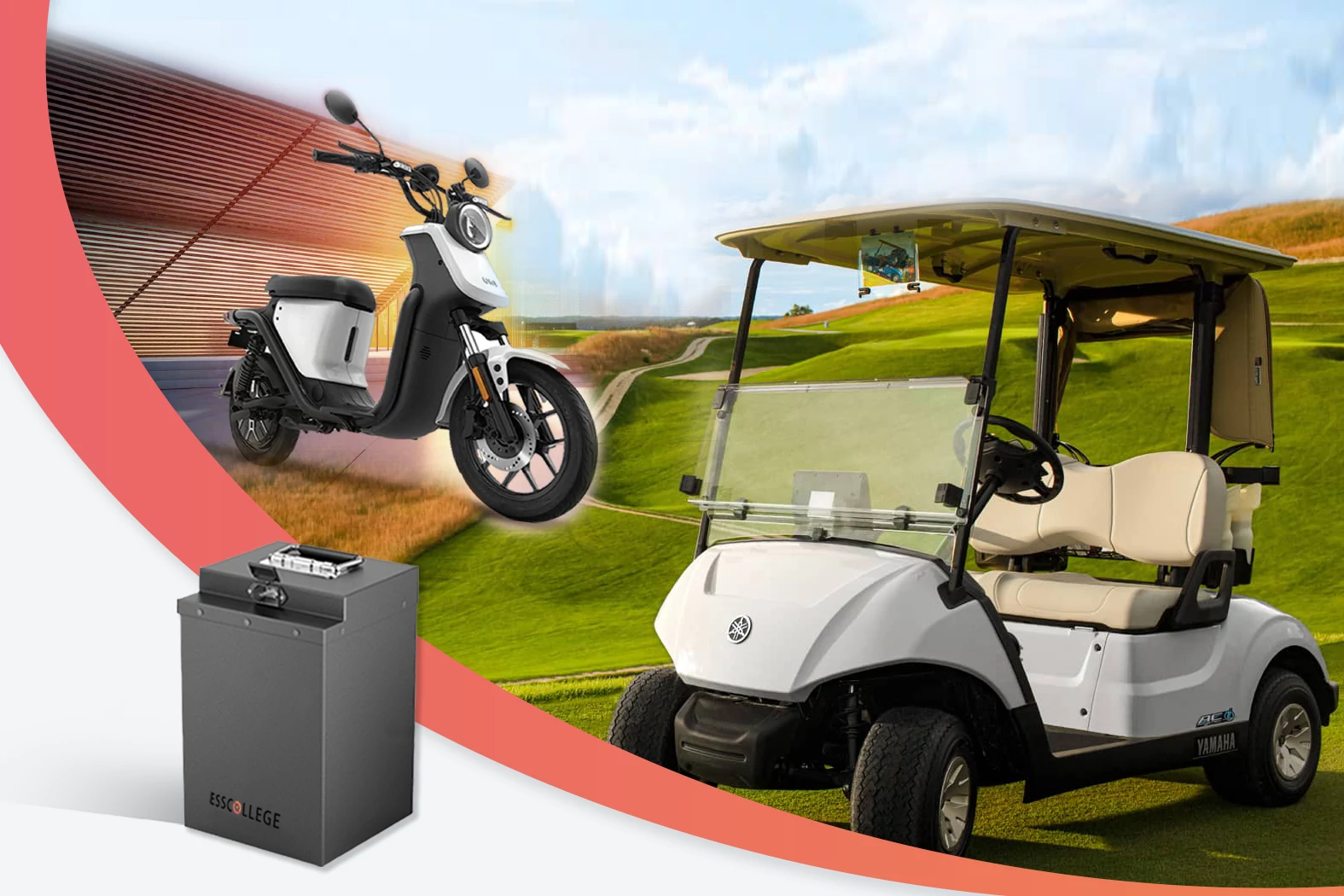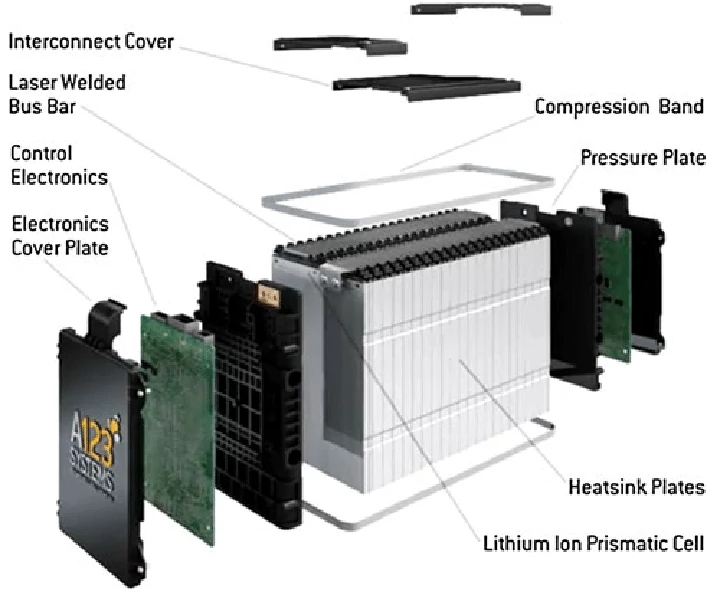Product testing Product testing is a key link to ensure...
Environmental adaptability test
Environmental adaptability testing includes high and low temperature testing, wet and heat testing, vibration testing, drop testing and salt spray testing to comprehensively evaluate the performance and safety of the battery under different environmental conditions. High and low temperature tests verify the battery's stability at extreme temperatures, wet and thermal tests assess its durability in wet environments, vibration tests simulate mechanical vibration during transport and use, drop tests verify impact resistance, and salt spray tests detect its resistance to corrosion.
Environmental adaptability test

Through these tests, it can be ensured that the battery remains stable in a variety of complex conditions and is not affected by environmental factors. It not only improves the safety and reliability of the battery, but also provides a solid guarantee for its performance in a wide range of application scenarios.
Content summary
High and low temperature test
Content: Simulate the performance and stability of batteries in extreme temperature environments, and evaluate the discharge capacity, capacity retention rate and appearance of batteries under high and low temperature conditions.
Humidity and heat test
Content: Test the performance and tolerance of the battery in a high temperature and humidity environment, check whether the battery shell, electrolyte and sealing are affected, and whether there are abnormal conditions such as leakage and expansion.
Vibration test
Content: Evaluate the solidity of the battery structure and its electrical performance stability by simulating the mechanical vibration generated during vehicle operation or transportation, and detect whether the internal vibration will cause fracture or short circuit.
Drop test
Content: Simulate unexpected drops that the battery may encounter during transportation, installation or use, test the impact resistance of its housing and the stability of its internal structure, and check for leakage or internal damage.
Salt spray test
Content: By forming a salt spray environment around the battery, evaluate the corrosion resistance of the battery in a corrosive environment (such as the ocean or high salt areas), check the shell, connectors for rust, and whether the interior is damaged.

low-speed car batteries
Low-speed vehicle battery is a kind of battery designed for low-speed electric vehicles, which has the characteristics of clean, environmental protection, high efficiency and economy, and is widely used in electric golf carts, low-speed electric vehicles (LSV), mobile vendors, campus transportation, cargo trucks and so on
Extended reading
Product packaging and delivery
Product packaging and delivery The packaging and delivery of battery...
Product information expansion
Product information expansion Understanding low-speed vehicle battery product information is...
Product composition
Low-speed lithium battery product composition Understanding the product composition of...
THE ESSC Brand promise
Global supply
Our products sell well all over the world, covering many countries and regions, through the global logistics network, to provide customers with convenient purchasing experience.
Rigorous quality
We adhere to the highest quality control standards to ensure every product meets industry regulations and customer expectations, earning trust through consistent excellence.
Excellent service
With a customer-centric approach, we provide prompt responses, professional support, and personalized services, aiming to deliver the best user experience and long-term value.





